How to grow begonias in pots – 5 expert tips to keep these flowering plants happy in containers
Begonias are versatile plants that enjoy growing in pots to put on a colorful, summer display

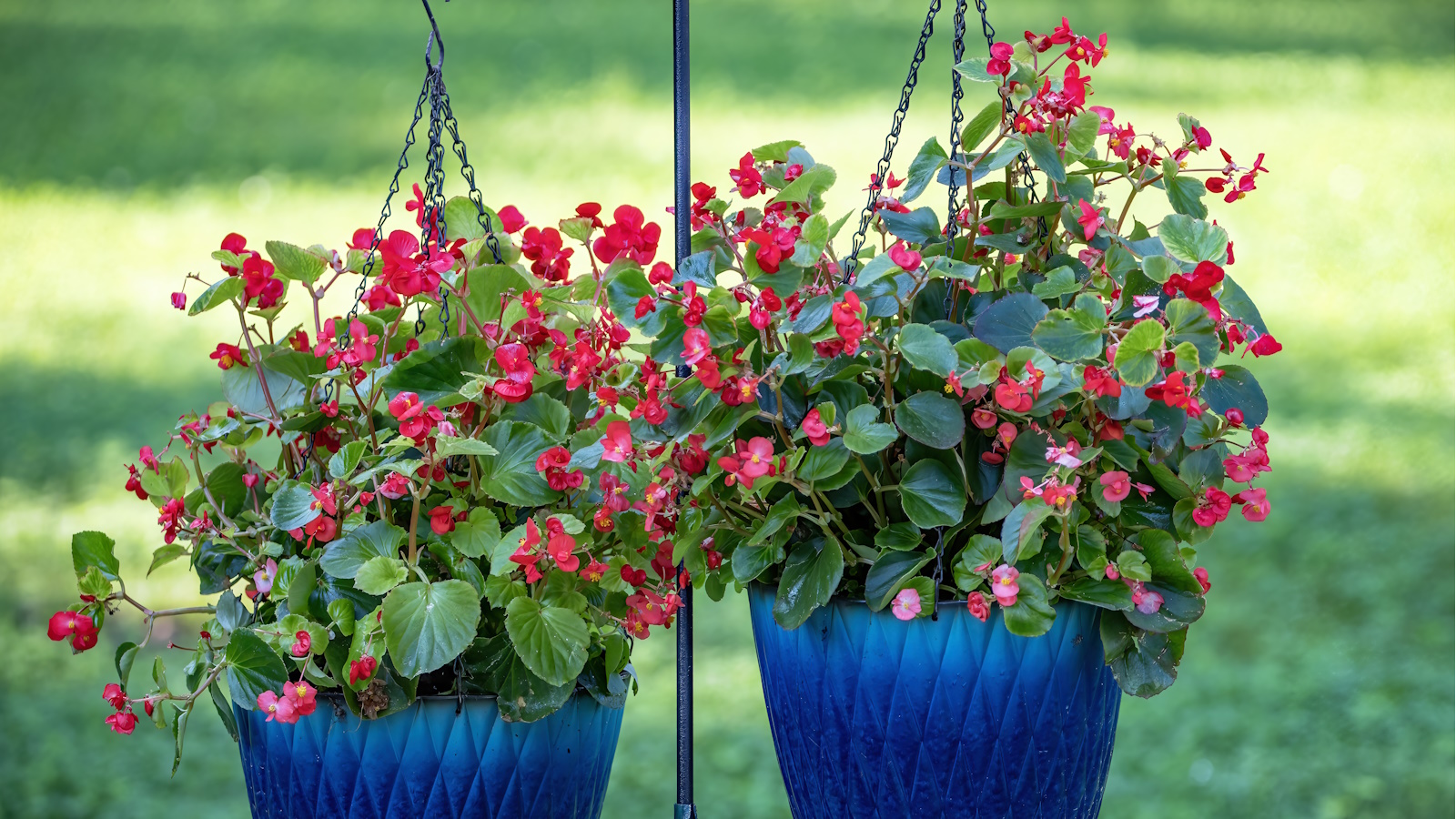
Container gardening is a great way for plant lovers who have little space to create a thriving jungle of foliage and flowers, and it also helps promote healthier growth for some plants. Begonias are one of those plants that enjoy living in pots and look great in them, brightening up container arrangements.
If you've searched high and low for the best container garden idea for your space or are looking for ways to spruce up spring containers for summer, growing begonias is certainly one to consider. These bright flowering plants are native to subtropical regions of South America, Africa and Asia and bloom in a wide range of colors from yellow to pink and even white.
These plants are easy to care for both indoors and outdoors in US hardiness zone 9 and zone 10, and their optimal growing conditions makes pots an arguably more favorable environment for them. There are just a few things to keep in mind when growing begonias in pots, and experts have shared them all here.
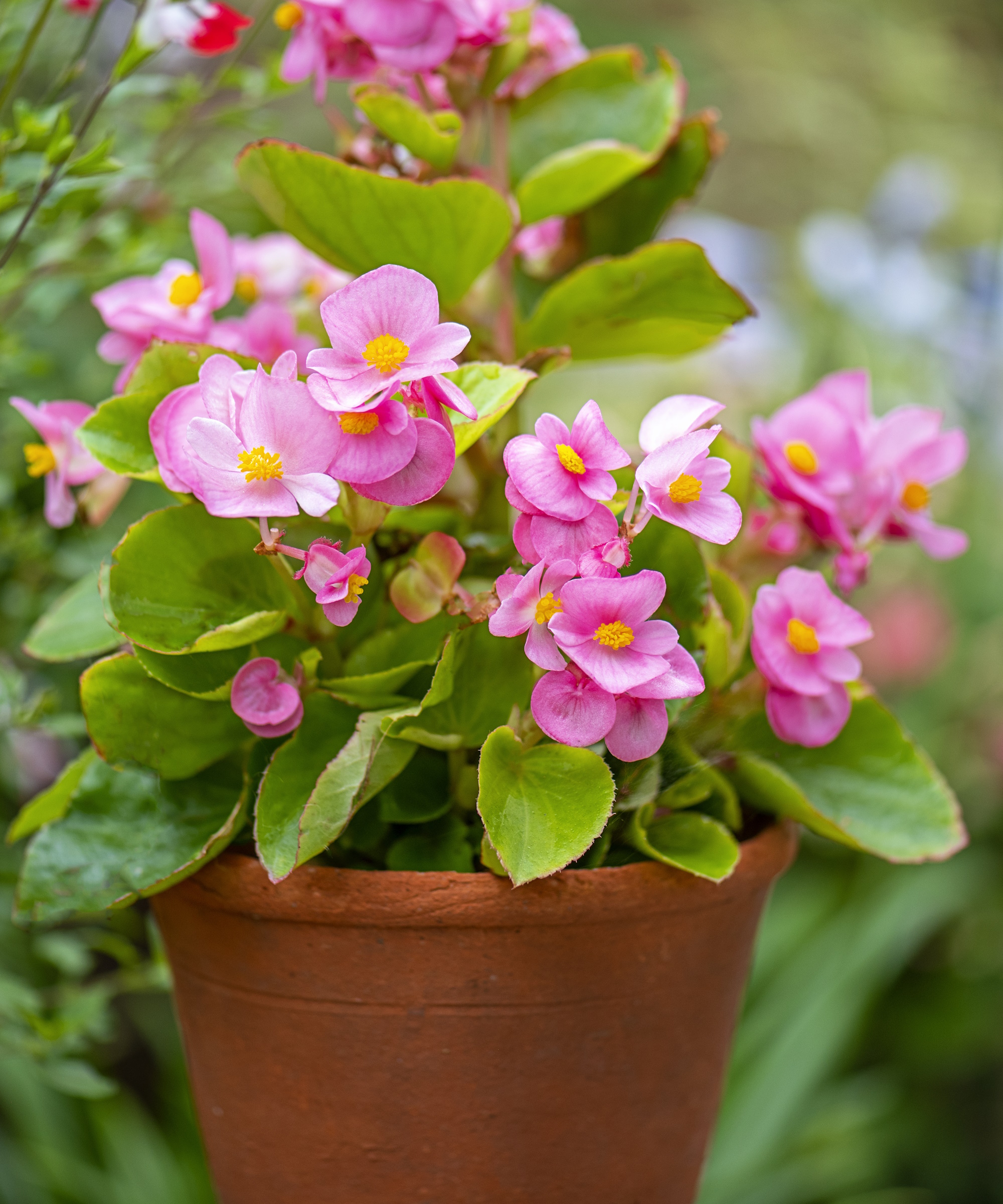
5 expert tips for growing begonias in pots
Begonias are some of the most charming late summer flowers to choose from. Their leafy foliage and big blooms make them great for an outdoor table centerpiece and will keep your yard looking bright through the warmer season. Here's what experts say about growing begonias in pots successfully.
1. Choose a pot with drainage holes
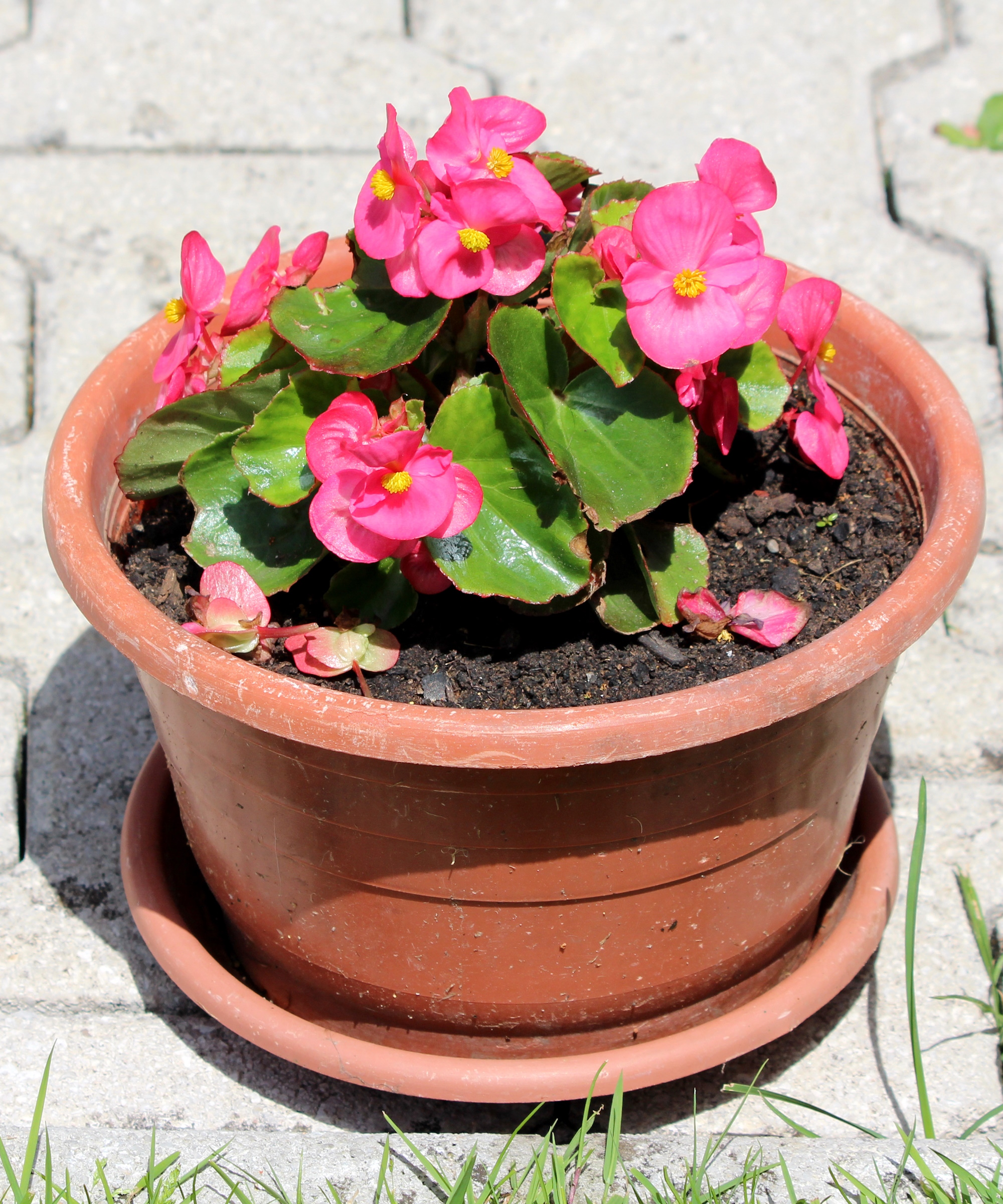
As with growing anything in pots, you need to first make sure you have the right vessel for your plant to grow in. When it comes to begonias, experts say a drainage hole is essential.
'Choose a pot with drainage holes and slightly larger than the root ball of your begonia plant,' says Autumn Janus, plant expert from Perfect Plants.
Avoid choosing a container too big, as this could cause soil to hold onto excess moisture and quickly cause root rot.
Design expertise in your inbox – from inspiring decorating ideas and beautiful celebrity homes to practical gardening advice and shopping round-ups.
'Choose a container that is wider than tall, often called an azalea pot or bulb pan. Most begonias have shallow roots and this type of pot is perfect,' says Lisa Eldred Steinkopf, houseplant expert at The Houseplant Guru. 'Use clay pots as begonias are more like succulent plants and don’t appreciate wet roots,' she adds.
Clay pots are more porous than other materials, aiding drainage. That's why terracotta indoor planters are among the best for houseplants, as well as outdoor potted plants.
There are plenty of appropriate pots online, so you can find one that suits your aesthetic - for example, this terracotta planter from Amazon.

Autumn is a horticulture specialist and marketing professional at Perfect Plants Nursery. With four years of experience in the horticulture industry, she has developed a passion for helping people create beautiful indoor and outdoor spaces to enjoy. Her expertise in horticulture encompasses a broad range of activities, including plant care and selection, landscape design, and maintenance.
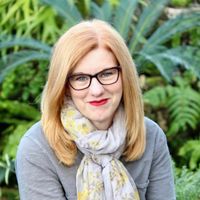
Lisa is a houseplant expert who runs her blog The Houseplant Guru with over a decade of professional experience at Steinkopf Nursery and Garden Center in Michigan. As a child, Lisa helped her grandma tend to African violets and other houseplants. Since then, Lisa has forged a career providing houseplant advice, holding lectures and writing for publications across the US.
2. Use well-draining potting mix
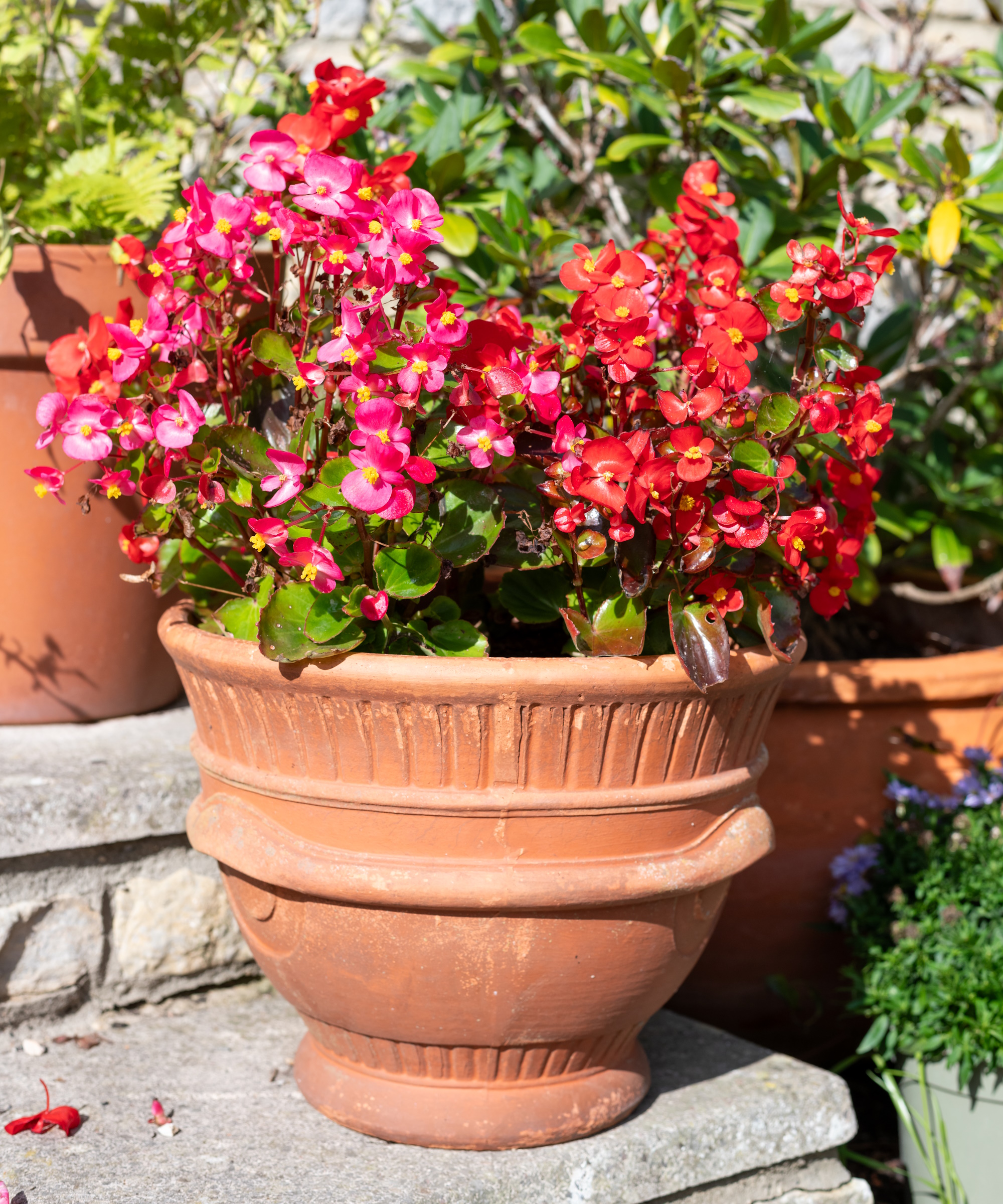
Whether its a potting soil for indoor plants or the best soil for container gardening, well-draining potting mix is essential wherever you're growing your begonias.
'Begonias require a rich soil that drains well,' says Julie Bawden-Davis, indoor plant expert at Healthy Houseplants. 'You want to choose a soil that has peat moss or coir, which will retain moisture, as well as pumice or perlite for drainage,' she adds.
While begonias aren't among the most thirsty houseplants, they don't enjoy drying out. A potting mix that will provide sufficient moisture while removing excess moisture will keep them happy and problems at bay.
Find the right potting mix for your begonias online, like this moisture control potting mix from Amazon.
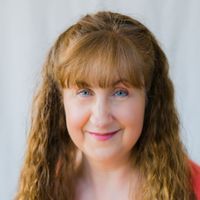
Julie Bawden-Davis is a garden author and University of California Certified Master Gardener, who has written several gardening books, including Indoor Gardening The Organic Way. In addition to running HealthyHouseplants.com, she shares indoor gardening advice on her YouTube channel @HealthyHouseplants.
3. Water your potted begonia well

When you first pot up your begonia, make sure to water it well to help it settle into its new home. However, take care to reduce watering afterwards so that its soil doesn't become oversaturated.
'Maintain a consistent watering routine. Begonias need even moisture and should be watered when the top inch of soil feels dry to the touch,' says Autumn Janus.
'This will vary depending on the season. When it is hotter the plant will require more frequent watering. It's general practice to water begonias about every 2-4 days,' she adds.
There are tools that can help you water your plants correctly, such as this moisture meter from Amazon.
4. Place your potted begonia somewhere light

As with other flowering plants and indoor flowering plants, plenty of natural light is required to keep begonias blooming.
'Begonias should be placed in filtered sunlight or bright indirect light, not in full sun,' says Julie. Exposure to direct sunlight may scorch foliage and flowers on your begonia, while too little light may cause it to droop and not bloom.
If you're growing your potted begonia indoors and struggle to get lots of natural light, try using a grow light for houseplants to give them an extra boost, like this grow light from Amazon.
5. Fertilize your begonia while flowering

Experts also recommend giving your begonia a feed during its active growth season in summer. Fertilizer can help begonias to flower more profusely and put on a brighter display.
Balanced fertilizers will work well for begonias, like this all purpose fertilizer from Amazon, or you can choose one that is high in phosphorus - the second NPK plant fertilizer number. This is the nutrient that helps promote blooming.
Alternatively, you can also try making plant fertilizer to feed your begonia with organic ingredients from your kitchen cupboards.
FAQs
How do I protect potted begonias in winter?
Begonias like warmer climates and won't survive the freezing temperatures of winter. That's why it's a good idea to overwinter begonias so that they can return again next summer. The best solution is bringing your potted begonias inside for the winter months to keep them warm. You should also reduce watering and stop fertilizing them so that your begonias don't become oversaturated while not actively growing. Make sure to still provide them with plenty of natural light during these months.
Growing begonias in pots requires just some essential care to keep them blooming and healthy - plus, growing these beautiful flowers in containers means you can move them around with ease.
If you're planning to expand your potted plant collection this summer, take some time to familiarize yourself with container gardening mistakes to avoid.

Tenielle is a Gardens Content Editor at Homes & Gardens. She holds a qualification in MA Magazine Journalism and has over six years of journalistic experience. Before coming to Homes & Gardens, Tenielle was in the editorial department at the Royal Horticultural Society and worked on The Garden magazine. As our in-house houseplant expert, Tenielle writes on a range of solutions to houseplant problems, as well as other 'how to' guides, inspiring garden projects, and the latest gardening news. When she isn't writing, Tenielle can be found propagating her ever-growing collection of indoor plants, helping others overcome common houseplant pests and diseases, volunteering at a local gardening club, and attending gardening workshops, like a composting masterclass.